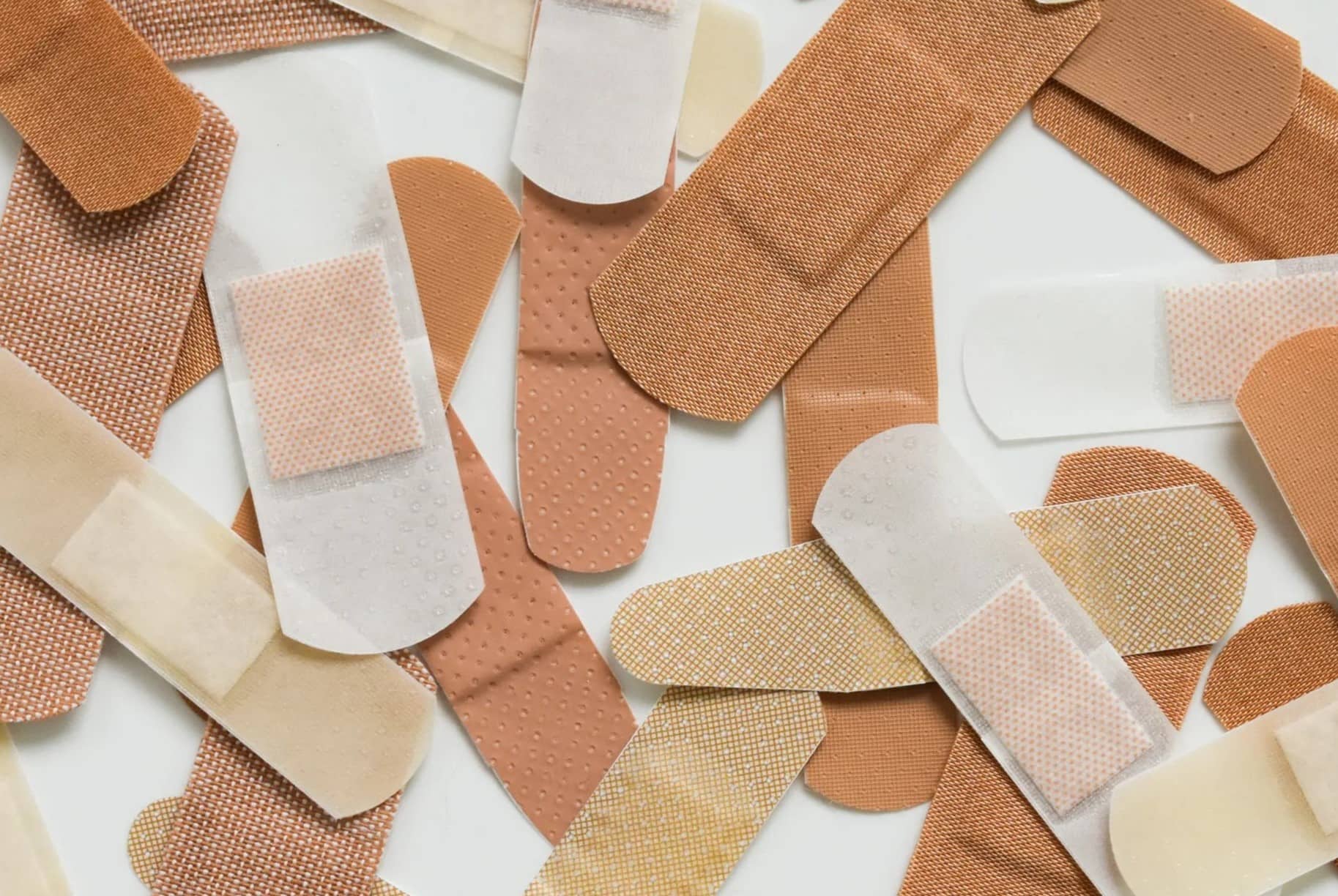
Band-Aids are a ubiquitous part of first-aid kits and medicine cabinets around the world. These small adhesive strips, also known as adhesive bandages, have been a staple in treating minor cuts and scrapes for nearly a century. While they may seem like a simple and straightforward product, there are many interesting and little-known facts about Band-Aids that may surprise you. From their origin to their impact on popular culture, Band-Aids have a rich history and a variety of uses that go beyond just covering wounds. Let's explore 11 fun and fascinating facts about Band-Aids that will give you a new appreciation for these everyday essentials. So, let's peel back the layers and discover the intriguing world of Band-Aids!
Key Takeaways:
- Band-Aids were invented for kids and have evolved into various shapes and designs, becoming a household staple used for various purposes beyond covering cuts.
- Band-Aids have become a universal symbol of healing and care, making their mark in popular culture and even traveling to space on space missions.
Band-Aids were invented by a man who hated the sight of blood.
Earle Dickson, an employee at Johnson & Johnson, created the first Band-Aid in His wife frequently cut herself while cooking, which inspired him to invent a ready-made bandage that could easily be applied with one hand.
Band-Aids were originally handmade.
When they were first introduced, Band-Aids were handmade and not very popular. However, by 1924, Johnson & Johnson had developed a machine to mass-produce them, making them more accessible to the public.
Band-Aids were invented for kids.
Initially, Band-Aids were created with children in mind. The first Band-Aids were three inches wide and eighteen inches long, designed to be cut to size to fit the injury.
Band-Aids were not a commercial success at first.
When Band-Aids were first introduced, they were not a commercial success. However, in 1921, they were given to the Boy Scouts for free, which significantly boosted their popularity.
Band-Aids have evolved over the years.
From their humble beginnings, Band-Aids have evolved into various shapes, sizes, and designs. They are now available in waterproof, flexible, and even clear options.
Band-Aids are not just for covering cuts.
Band-Aids can be used for various purposes, including preventing blisters, covering pimples, and even removing splinters. They are a versatile first-aid item to have on hand.
Band-Aids are a household staple.
It is estimated that the average person will use 1,000 Band-Aids in their lifetime. They are a ubiquitous item found in almost every household’s medicine cabinet.
Band-Aids are a symbol of healing.
Band-Aids have become a universal symbol of healing and care. They are often used metaphorically to represent mending emotional or psychological wounds.
Band-Aids have been to space.
Band-Aids have been used on space missions to help astronauts with minor injuries and blisters. They are an essential part of the medical supplies on space missions.
Band-Aids come in fun designs.
To make the experience of wearing Band-Aids more enjoyable, they are available in a wide range of designs, including cartoon characters, animals, and colorful patterns.
Band-Aids are a part of popular culture.
Band-Aids have made their mark in popular culture, appearing in songs, movies, and even idiomatic expressions. They have become an iconic symbol of first aid and care.
Conclusion
Band-Aids have become an essential part of first aid kits and are widely used for minor cuts and scrapes. These adhesive bandages were invented over a century ago and have since become an indispensable product in every household. With their fascinating history and various uses, Band-Aids have proven to be more than just a simple adhesive strip. As technology advances, we can expect to see even more innovative features and designs in the world of Band-Aids, making them an enduring and versatile tool for wound care and protection.
FAQs
What are Band-Aids made of?
Band-Aids are typically made of a flexible fabric or plastic material with an adhesive backing. The pad in the center is often made of a non-stick material to protect the wound.
How long should I leave a Band-Aid on a cut or scrape?
It’s generally recommended to leave a Band-Aid on a cut or scrape until the wound has healed or until the bandage becomes dirty or wet.
Can I shower or swim with a Band-Aid on?
Many Band-Aids are designed to be water-resistant, allowing you to shower or swim with them on. However, it’s important to check the specific instructions on the packaging.
Are there different sizes of Band-Aids available?
Yes, Band-Aids come in various sizes to accommodate different types of wounds, from small cuts to larger scrapes and blisters.
Can I use a Band-Aid on a burn?
Band-Aids are not recommended for use on burns, as they can stick to the burn and cause further damage. It’s best to seek medical advice for treating burns.
Was this page helpful?
Our commitment to delivering trustworthy and engaging content is at the heart of what we do. Each fact on our site is contributed by real users like you, bringing a wealth of diverse insights and information. To ensure the highest standards of accuracy and reliability, our dedicated editors meticulously review each submission. This process guarantees that the facts we share are not only fascinating but also credible. Trust in our commitment to quality and authenticity as you explore and learn with us.
